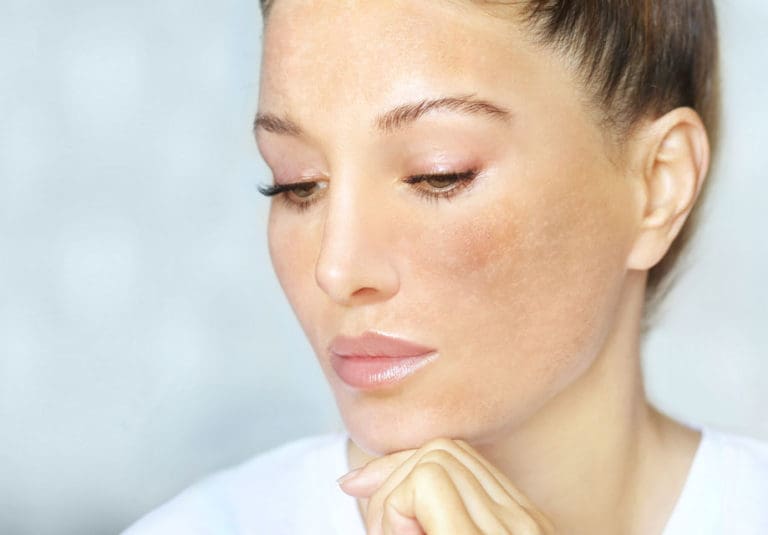
Hyperpigmentation is a form of pigmentation that shows darker patches on the surface of the skin.
This concern is frequently treated at Face Medical in Heywood, near Manchester, which can develop in different forms. In general, hyperpigmentation is caused by an increase in melanin production – the substance that gives the skin its natural colouring. This can build up around the skin cells over time, eventually becoming visible through the surface.
So let’s explore the most common types:
Age spots
Age spots are basically benign (non-cancerous) lesions that can form on the skin at any stage of life – however, they are more common in older adults. These dark patches are typically brown in colour and are harmless but can sometimes be itchy and uncomfortable. It is important to note that these spots are more likely to develop on the face, hands, chest, shoulders and forearms as these places are frequently exposed to the sun.
Age spots are areas of skin that appear darker than the surrounding skin. They tend to develop over time and can be a result of excessive sun exposure, ageing or genetic factors. However, it is important to note that these spots are not always the result of excessive sun exposure; it can also be caused by hormonal changes during pregnancy, puberty or menopause.
Melasma
Like other forms of hyperpigmentation Melasma is a common skin problem caused by an overproduction of melanin in the skin. The causes of melasma include sun exposure, hormonal changes and pregnancy. It can also be associated with the use of birth control pills and antibiotics. This concern will often show a collection of spots or darkened patches on the skin, much like freckles, and will affect the face. It is typically symmetrical and the marks that appear on both sides of the face will match. The cheeks, forehead, chin and nose are most commonly affected, but it would not be uncommon for melasma to also develop on the forearms and neck.
As sun exposure plays a big part in the development of hyperpigmentation, applying SPF on a daily basis is an effective way to help prevent it from occurring. During the summer, we would recommend increasing your factor to 50 or 60, remembering to reapply regularly.
Having said this there is the chance that some degree of UV radiation may have still penetrated the skin, causing damage to the skin’s cells. This damage may not be visible, but can build up over time, leading to darker patches of skin appearing many years later.
Thankfully, with the development of many innovative aesthetic treatments, the effects of the sun can be dealt with at an early stage – and especially before it develops into a visible concern. Autumn is a great time to tend to your sun-drenched skin, and repair and replenish the skin’s cells. Face Medical provides a thorough skin analysis using the Observ 520X, often recommending Dermalux LED light therapy to help rejuvenate the look and feel of the skin.
